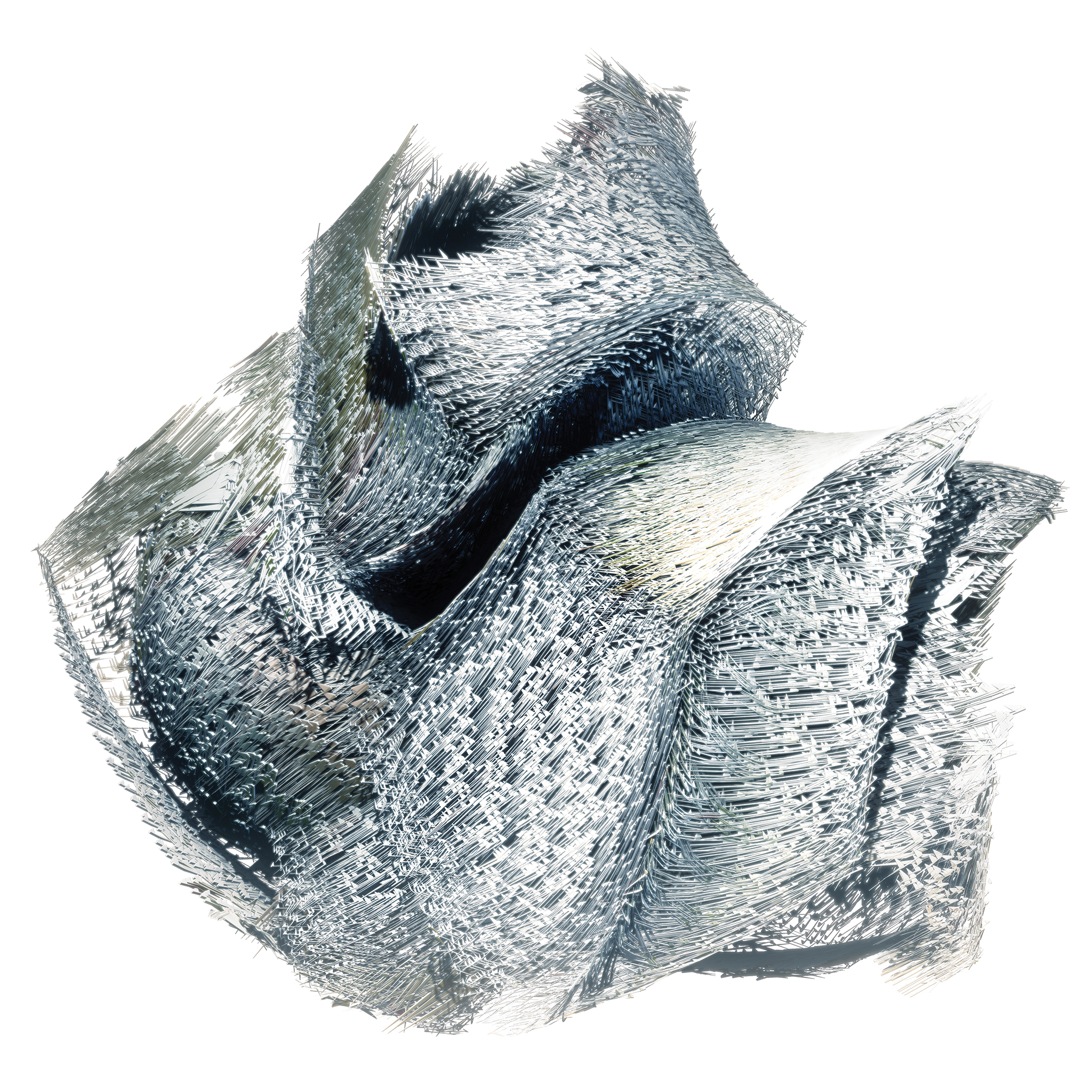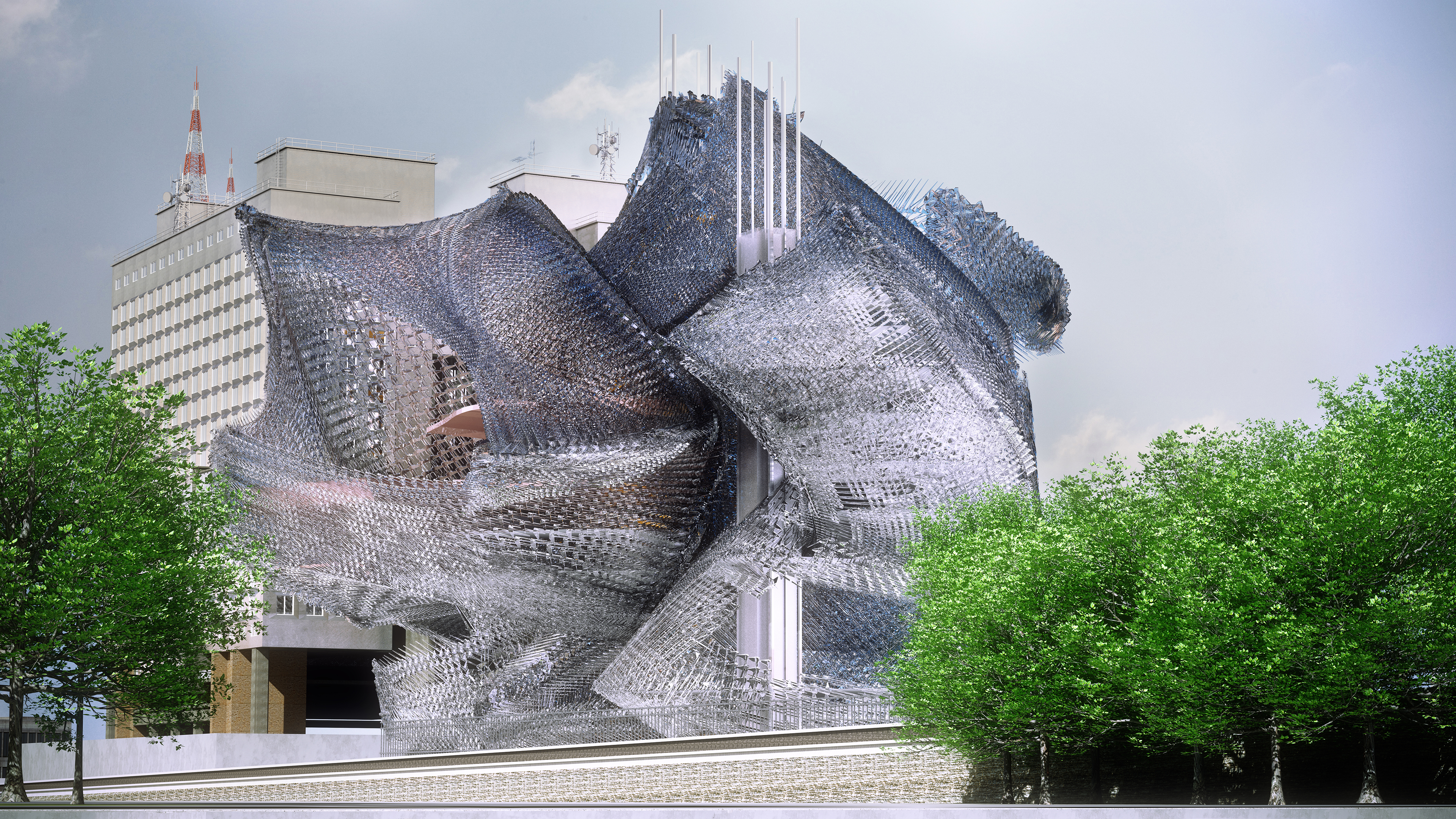Curtains
Summer 2015
Instructor: Hernan Diaz Alonso
SCI_Arc Thesis
Curtains have traditionally found themselves hovering somewhere between the temporary and the permanent. They stand midway between furniture and an architectural member unique to its location. They were regarded as luxurious, superficial, and excessive. Yet, they inevitably reappeared ironically due to the limitations of traditional glass facades such as providing privacy, and blocking the sun. With the exception of a few, such as Mies van der Rohe who exploited the issues of privacy and possibility of being seen, curtains seemed to be able to solve general issues of transparency.
Contrary to a fascination with transparency, the aim of curtaining is to achieve obscurity. Curtains satisfy the need for privacy, the need to be left alone, or the need to hide or display. In a society which is gradually reverting back towards an isolation of the individual, private space and control over what is seen is more important than ever. Similar to how society has allowed for individuals to construct a series of false narratives, this thesis will attempt to use curtains as an obscuring device in building layers of resolved, unresolved, and implied spaces through levels of clarity. By allowing the curtains themselves to be transparent, opacity will be defined through intensity; an intensity that can be manipulated through the folding, bundling, and draping of a micro tectonic system of layering.
The detachment of curtains from their exterior notion as being a functional device for windows into a spatial organizer opens up the ability of subdividing and enclosing overlapping spaces within the interior. The curtain wall, traditionally an icon of modern architecture, takes its name from curtains, yet has been confined towards a traditional sense of curtaining, separating the exterior wall of a building from the interior. By treating the curtain wall as both exterior and interior dividers, programs within a building can be exposed, hidden, or even a strange hybrid of both altering our reading of interior and exterior boundaries.
Contrary to a fascination with transparency, the aim of curtaining is to achieve obscurity. Curtains satisfy the need for privacy, the need to be left alone, or the need to hide or display. In a society which is gradually reverting back towards an isolation of the individual, private space and control over what is seen is more important than ever. Similar to how society has allowed for individuals to construct a series of false narratives, this thesis will attempt to use curtains as an obscuring device in building layers of resolved, unresolved, and implied spaces through levels of clarity. By allowing the curtains themselves to be transparent, opacity will be defined through intensity; an intensity that can be manipulated through the folding, bundling, and draping of a micro tectonic system of layering.
The detachment of curtains from their exterior notion as being a functional device for windows into a spatial organizer opens up the ability of subdividing and enclosing overlapping spaces within the interior. The curtain wall, traditionally an icon of modern architecture, takes its name from curtains, yet has been confined towards a traditional sense of curtaining, separating the exterior wall of a building from the interior. By treating the curtain wall as both exterior and interior dividers, programs within a building can be exposed, hidden, or even a strange hybrid of both altering our reading of interior and exterior boundaries.













